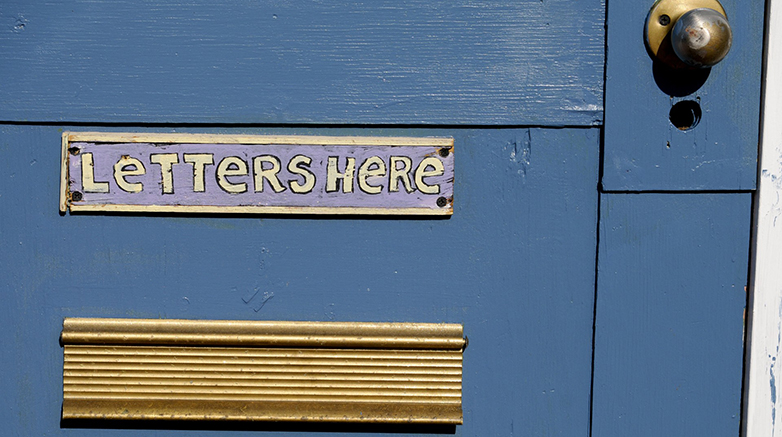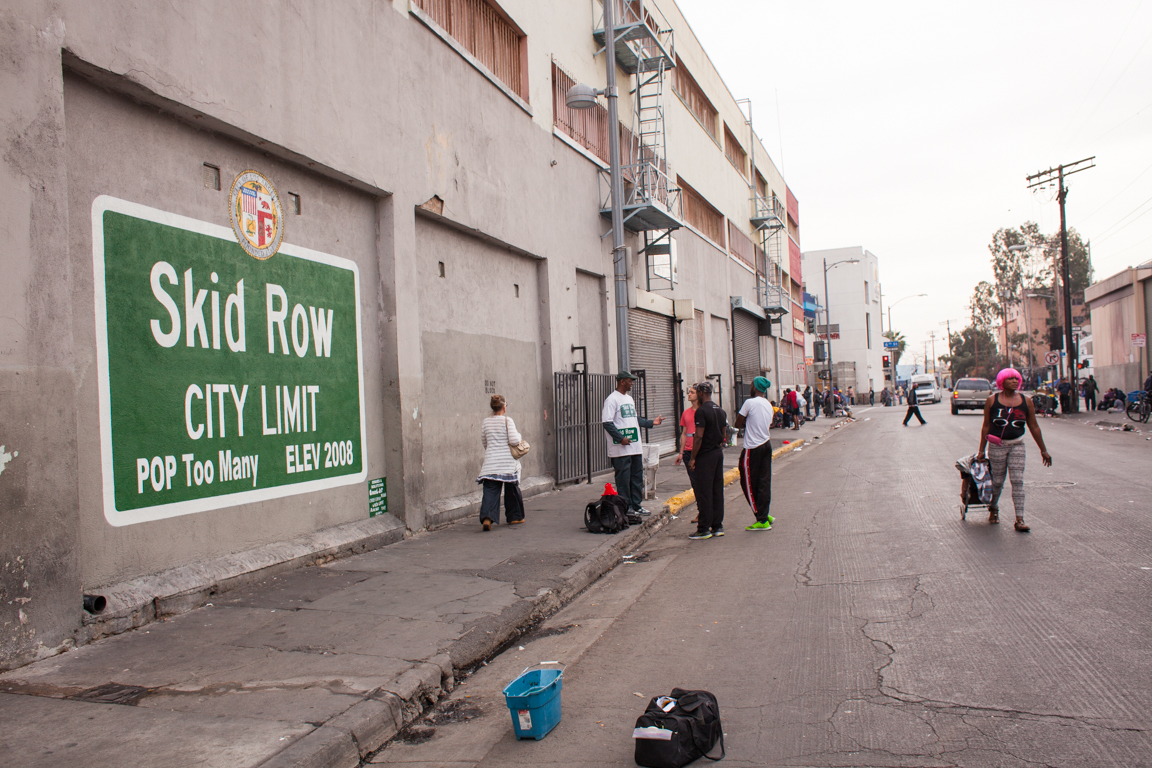The developer for Parcel B may have up to 256 parking spaces.
If employees of the development are not allowed to park for free or close to free, they will be tempted to park for free in the Downtown residential neighborhood, just as the current Downtown employees and patrons do. It has been so out of control that one person even got away with parking at a yellow curb (3-minute limit) for 8 hours a day for six months! It should have been an easy to write a ticket, but it turned into a look-the-other-way situation.
The three Downtown parking structures currently have 1,523 parking spots for employees and patrons. At a cost of $60 per month, some employees save the money by looking for and finding free residential parking. One office space even says on their website, “There is also plenty of metered street parking, and some members have found residential parking nearby…” A talk show that had a live large studio audience told about “Free Street Parking” on their website after mentioning that structure parking was available for an $8 max. Who wants to pay for parking when you can get it for free?
The parking meter was invented in Oklahoma City in the 1930s to solve a parking problem. Businesses were losing customers due to people parking in front of the stores, then walking elsewhere to work. Customers could not find convenient parking. Employees monopolized the parking all day. The City Council recently approved the purchase of 1,000 new parking meters. Lafayette Place, which currently has free parking, will get 28 parking meters. The employees who now park for free all day will look for free parking in the neighborhood.
The city is studying whether to increase the metered hours by 50 percent. The meters currently do not require money after 6 p.m. The city may end that and require money be put into the meters until 11 p.m. The elimination of free metered parking on Sundays is also a possibility.
The City Council agenda in the past has included an item for “Consideration of Parking Fee Increases for Downtown Public Parking Facilities.” Also considered will be the elimination of two hours of free parking. On June 27, the Westside Pavilion on Overland at Pico started charging for parking. What had been free parking since 1985 became a $50 per month expense for employees. The employees effectively took a $50 per month pay cut to pay for what had been free for 26 years.
Back in Culver City a good test to see if the surrounding Downtown neighborhood could be protected from the inevitable parking intrusion happened during the last Culver City Car Show. After seven years of neighborhood intrusion it was decided to simply enforce the existing Permit Parking Zones for the Car Show. What a concept. The focused enforcement resulted in 54 tickets. Of those, 38 were related to hourly/permit violations. Now can Parking Enforcement sustain this level of enforcement of the current Residential Permit Zone signage if the city eliminates two hours of free parking in the structures, increases the monthly parking rates, increases the meter hours, increases the meter rates and increases the meter days? It took eight years to get enforcement for one day for an event that brought a tidal wave of cars into the residential neighborhood.
People looking for free and convenient spaces have just parked in the residential neighborhood for the last eight years, since the movie theatre was built in 2003. The restaurants and bars have just added to the neighborhood intrusion. A 2004 traffic study, after the theatre opened, showed 2,631 vehicles passed the section of Irving Place just south of Culver Boulevard. The system of one-way streets that start at that section means that when people ignore signs advising no theatre parking behind the theatre, they will take over a half-mile circle through the neighborhood.
In 1990 when my wife and I bought our house, we lived in a quiet neighborhood. It is the original neighborhood of Culver City. Carlson Park, Culver Crest and all the other neighborhoods spread out from the Downtown. Around the corner was a quiet, short side street (300-feet long). The 2004 traffic study showed a 300 percent increase in traffic on the residential street. The formerly quiet street had 900 vehicles a day traveling on it in 2004. Since 2004, Downtown has become a busy destination with the addition of restaurants and bars. The neighborhood has been a magnet for free parking. A traffic study has not been done since 2004.
When the movie theatre was built in 2003, the city allowed the residents of Van Buren to sign a petition that would allow for resident-only parking (parking with permit only) between 6 p.m. Friday night and midnight Sunday. The first weekend the signs and permits were enforced, the city wrote 60 to 70 tickets to intruders. Unfortunately, the residents were completely unprotected during the weekdays and weekday nights.
The person who got the original petition signatures went to the city for relief. He was told they could change the signs to one hour parking, 12 noon to midnight seven days a week if he got another petition signed and paid for new signs. The residents could not have both what they had before and the new one hour parking. They had to pick one. They mistakenly thought that the one hour residential parking zones would be enforced. Enforcement requires a Parking Enforcement Officer to mark the tires of vehicles without a Permit Parking Pass.
The officer has to walk two blocks and chalk the tire on vehicles on one side of the street, then walk back and chalk tires on the other side of the street. Then they have to come back an hour later. Doesn’t work because of lack of manpower. The city has since come up with a different parking district concept. If the residents get a third petition signed and buy a third version of the signs, they can have the original 2003 protection back along with the current one hour parking during the week. The Police Dept. lacks manpower to routinely enforce. People know that.
Parking enforcement is mostly making revenue for the city by writing an average of 52 street sweeping tickets a day for five days a week. Also an average of 13 meter violation tickets a day are written six days a week. The marking of tires with chalk and return in an hour or two is more labor intensive than writing street sweeping and meter tickets. Unfortunately, the resident who forgets to move his car draws a $60 street sweeping ticket but the intruding parker who parks on the same street, does not get a permit zone violation ticket because the City is ill- equipped to enforce that violation.
Mr. Anderson, a 25-year Culver City homeowner, may be contacted at cary@culvercity.TV







